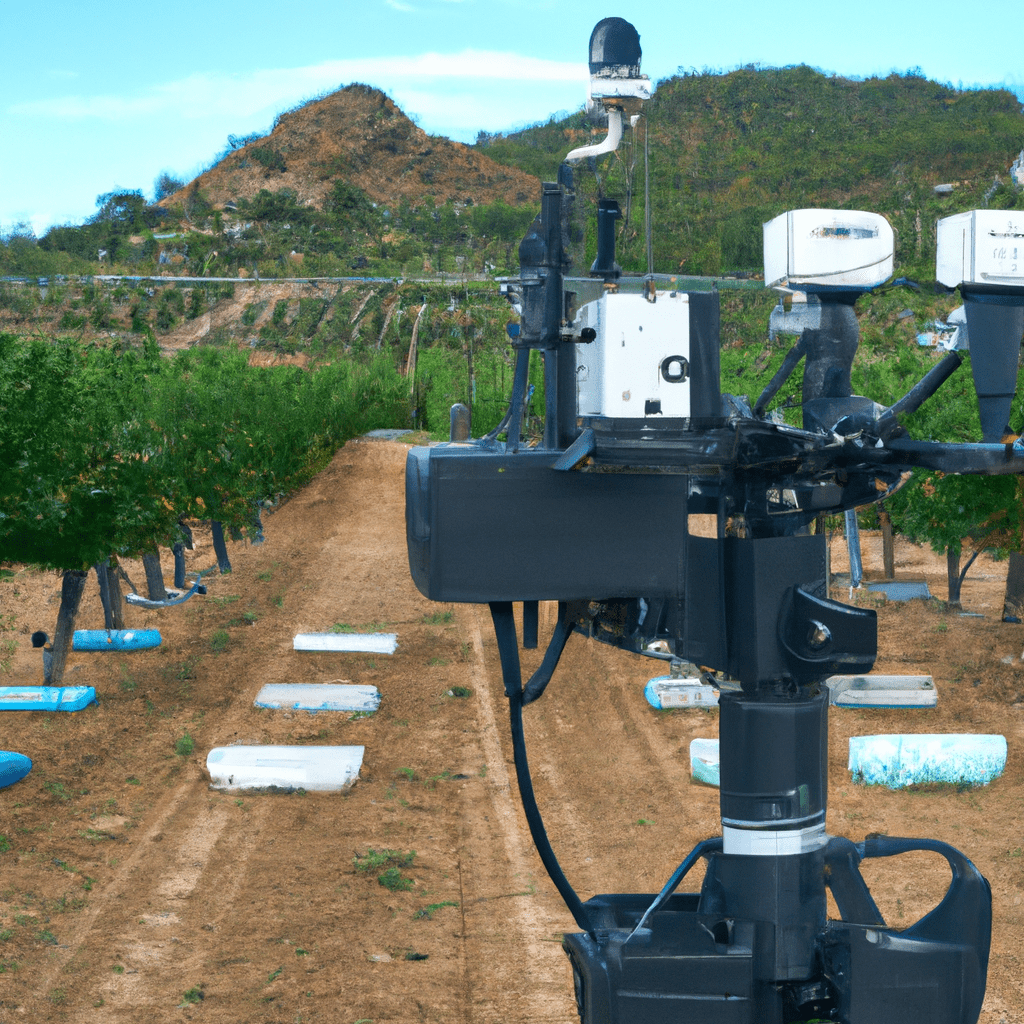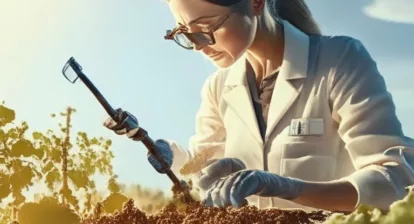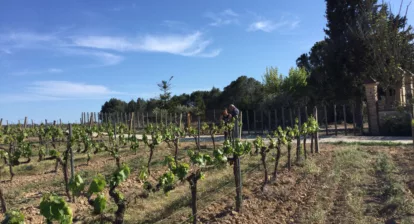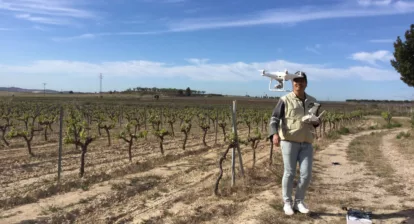
Objective
Experiment aims to map the farmlands of participants and get the basic information of soil conditions. It is conducted simultaneously in several farmlands and serves an example of coordination efforts of multiple actors: scientists, tech providers and producers.
This experiment follows the Vin-Q principles for conducting distributed experiments.
Description of the experiment
- Collection of geo-localized data describing each participating farmland at a macroscale: GPS location, available open data on altitude, average climate data, geological characterization of soil, physico-chemical characteristics, grapes varieties, area of land available for experiments.
- Identification of the reference land for each zone with pristine vegetation corresponding to a given micro-climate region (terroir). The same procedure as in 1. This token is used for comparison purposes as a reference state.
- Diversity of green coverage with photos of the land taken with a phone at 1 m height. Farmers send the photos of several representative points (10-20) for analysis with the trained neural network on PlantNet database of plants consisting of 1081 species and containing >300k labeled reference images. Specially trained program will identify a subgroup of plants in a given region. The same photos will be taken for the reference pristine land. The output of this step are the names of the identified species, their abundance and relative numbers at a given time per each photo or per user land. This information can be codified and tokenized.
- Chromatography test. Farmers send a sample of land and this sample is analyzed with chromatography test. Special neural network will be trained to identify the parameters of the soil sample for each farmland participating in the experiment. The results will be codified and tokenized. The same experiment is performed for the reference soil.
- Microscope study of the soil. The granularity, dispersion, capillarity, porosity of the soil under microscope.
- Tea bag test. A sample of tea bag is placed to the soil for a give period of time. The level of degradation on the scale 0-10 can be registered as a characteristic of the soil.
Note: The exact timeframes may vary depending on the actual implementation, but this plan provides a general outline of the activities and the expected outcomes.
Plan
| Activity | Timeframe | Deliverables |
|---|---|---|
| Collection of geolocalized data | 1 week | Information from each farmland in form of digital text file representing the physical land, soil characteristics. |
| Identification of reference land | 1 week | Reference state for each zone for comparison purposes. |
| Diversity of green coverage | 2 weeks | Names of the identified species, their abundance and relative numbers at a given time codified and tokenized. |
| Chromatography test | 1 month | Chromatography results of the soil samples for each farmland and the reference soil. |
| Microscope study of soil | 1 month | Microscope image and characterization representing the soil characteristics. |
| Tea bag test | 2 months | Information representing the soil’s degradation level. |






